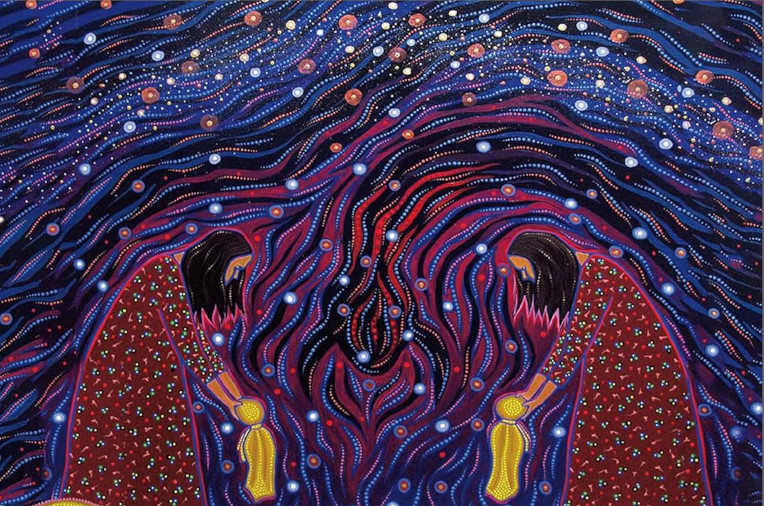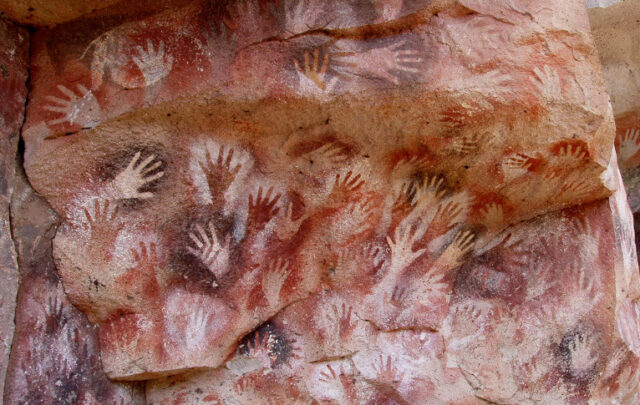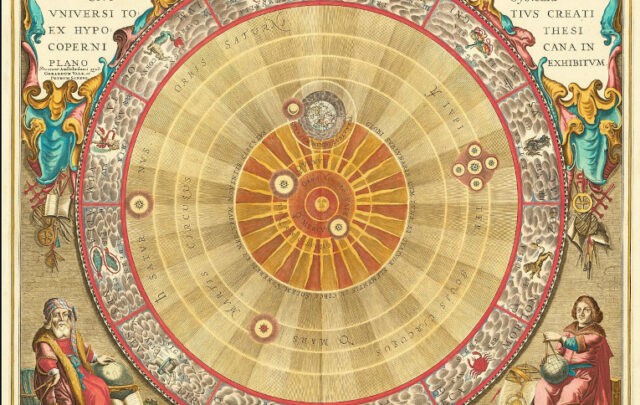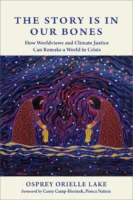 Osprey Orielle Lake, The Story is In Our Bones: How Worldviews and Climate Justice Can Remake a World in Crisis | New Society Publishers, January 30, 2024.
Osprey Orielle Lake, The Story is In Our Bones: How Worldviews and Climate Justice Can Remake a World in Crisis | New Society Publishers, January 30, 2024.
We may be aware that Earth is in trouble, but how well do we recognize the actions we can take to improve the environment and thus become good ancestors for future generations? In The Story Is in Our Bones, author, activist and changemaker Osprey Orielle Lake draws on decades of experience to provide a remarkable exploration of the way forward, intriguingly captured in the subtitle How Worldviews and Climate Justice Can Remake a World in Crisis.
Two concepts are key for fostering understanding: Worldview is the lens through which we see the world – its rules, stories, codes of conduct, and basic assumptions about reality. In turn, our worldview informs all aspects of our lived experiences – scientific discourse, cultural norms, political and social ideologies. Some of the most damaging and pervasive worldviews, says Lake, are human dominion over nature, separation from a living Earth, and structural patriarchy and white supremacy. These harmful worldviews drive the book´s core focus: the transition from an extractive paradigm of exploitation, hyper individualism, and supremacy to a relational, Earth-conscious understanding of respect, reciprocity, and restoration.
To be ´just´ the transition must include the second key concept, Climate Justice, which encompasses the impact of environmental issues on marginalized communities. A small sample of these issues might include toxic pollution, air and water quality, and forest conservation. Discussing the energy required to tackle these issues, Lake draws on a principle derived from the Akan people of Ghana: Sankofa (SAHN-Koh-fah), that is, we should retrieve things of value from our knowledge of the past to make positive progress in the future.
The power of Sankofa centers here: to know history and your heritage is to know your current self, the world around you, and how to better both. The age-old adage is captured in the mythic Sankofa bird whose feet face forward toward the future, while the bird´s head reaches back in the past to consume an egg holding the best of the past to feed the future. It is also captured in the work´s title: The Story Is in Our Bones, where story recalls positive past events and bones suggests the bone marrow where the story – history – resides.
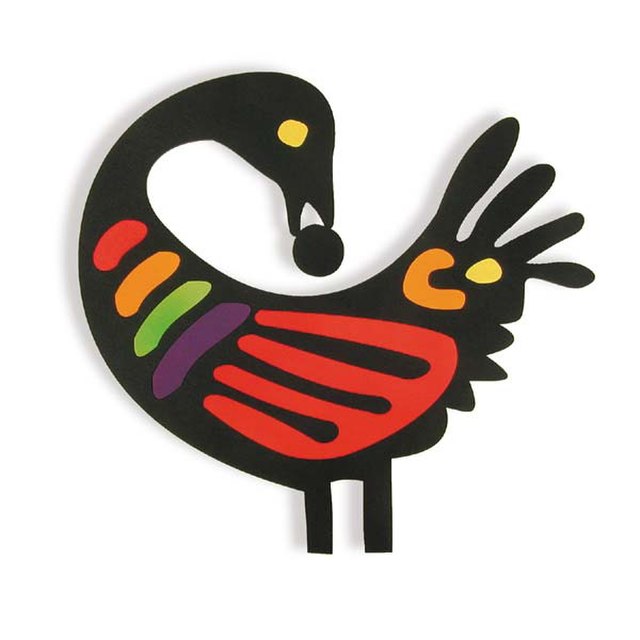
Image credit: Public Domain.
Sankofa
The narrative rooted in the concepts Viewpoint and Climate Justice is expanded by building on two perspectives of equal weight: respectively, indigenous knowledge and practices, and the role of women. Expansion is carried out via the text organized into five parts whose excellent titles and subtitles outline the way forward:
Part I – Entering the Terrain [of Worldviews and Climate Justice]
Part II – Dismantling Patriarchy, Racism, and the Myth of Whiteness: Ancient Mother and Women Rising
Part III – Reciprocity: A Thousandfold Act of Responsibility and Love
Part IV – Living in Balance with the Natural Laws of the Earth
Part V – The Land Is Speaking: Language, Memory, and a Storied Living Landscape
The text is laced with biographical events that draw readers into the narrative. For example, when Lake was three, her parents – who had a keen interest in learning about diverse cultures – were driving across the American Southwest on the way to California, when they stopped to attend an Indigenous ceremonial dance open to the public. Lake´s description of how she experienced the rhythmic dancing and the dancers´ colorful regalia is memorable. Here she says how it affected her:
¨This was a profound experience of a different worldview than that in which I was raised. Though I lacked the words to express myself at the time, I knew that something had shifted at the core of my being, forming an experience that has shaped me. ¨
As an adult she has consistently sought to connect with Indigenous peoples, knowledge, and cultures, which she has undertaken on multiple continents.
The book builds on Lake´s decades-long experience in activism and environmental leadership. In 2009 she founded the Women’s Earth and Climate Action Network [WECAN] International, whose mission is informed by climate justice. Across the globe, women’s role in food production often necessitates environmental protection. Today the active role of women across the spectrum of social, scientific, and political action is strong and growing. Indian Earth Advocate Dr. Vandana Shiva has stated, ¨We are either going to have a future where women lead the way to make peace with the Earth, or we are not going to have a human future at all. ¨
Finally, it bears mentioning that Lake is a superbly gifted writer. More than once, the sheer power of a passage impelled me to pause and reflect. The work invites being read more than once. The language can be poetic. For example,
¨Wrapped in the shawl of night and this choice-point in time, the stars elicit in me the need to contemplate and journey to more expansive coordinates. Here we can draw upon the power of radical imagination that resides within us and recall ancient alchemies—these are primordial coordinates inside of us that remember, as our ancestors did, that we humans are inseparably a part of Nature in an animate cosmology that is ever unfurling. ¨
A longer example is available in this Excerpt on the gift economy published in Resilience. Here´s the link: https://www.resilience.org/stories/2024-03-22/the-story-is-in-our-bones-excerpt/.
As I read, it gradually became clear that Lake is suggesting not simply a single path forward, but multiple avenues for making ´peace with the Earth´. This work presents readers with a text supported by a treasure-trove of citations for those whose curiosity leads to additional exploration. Adventurous readers will take great pleasure in the Readers Guide whose vast resources reveal myriad pathways stimulating further thought and action. Lake says:
¨All these stories, different ways of knowing, actions we can take, and the magnificence of Nature, help us remember our true place and responsibilities in the greater Universe. ¨
Who can ask for more?
*****


